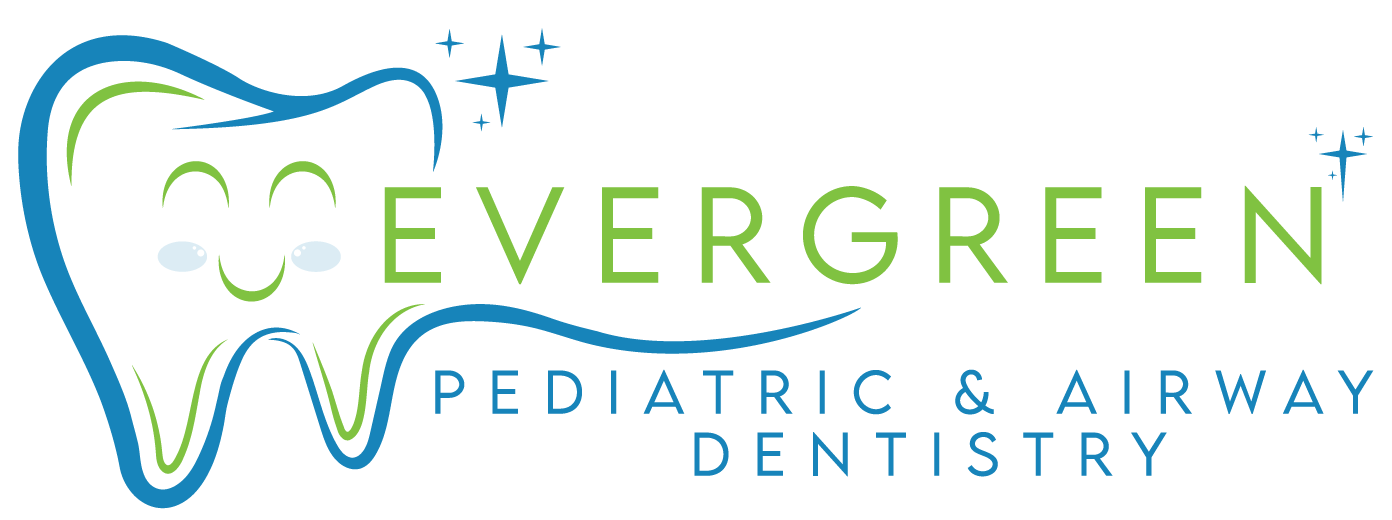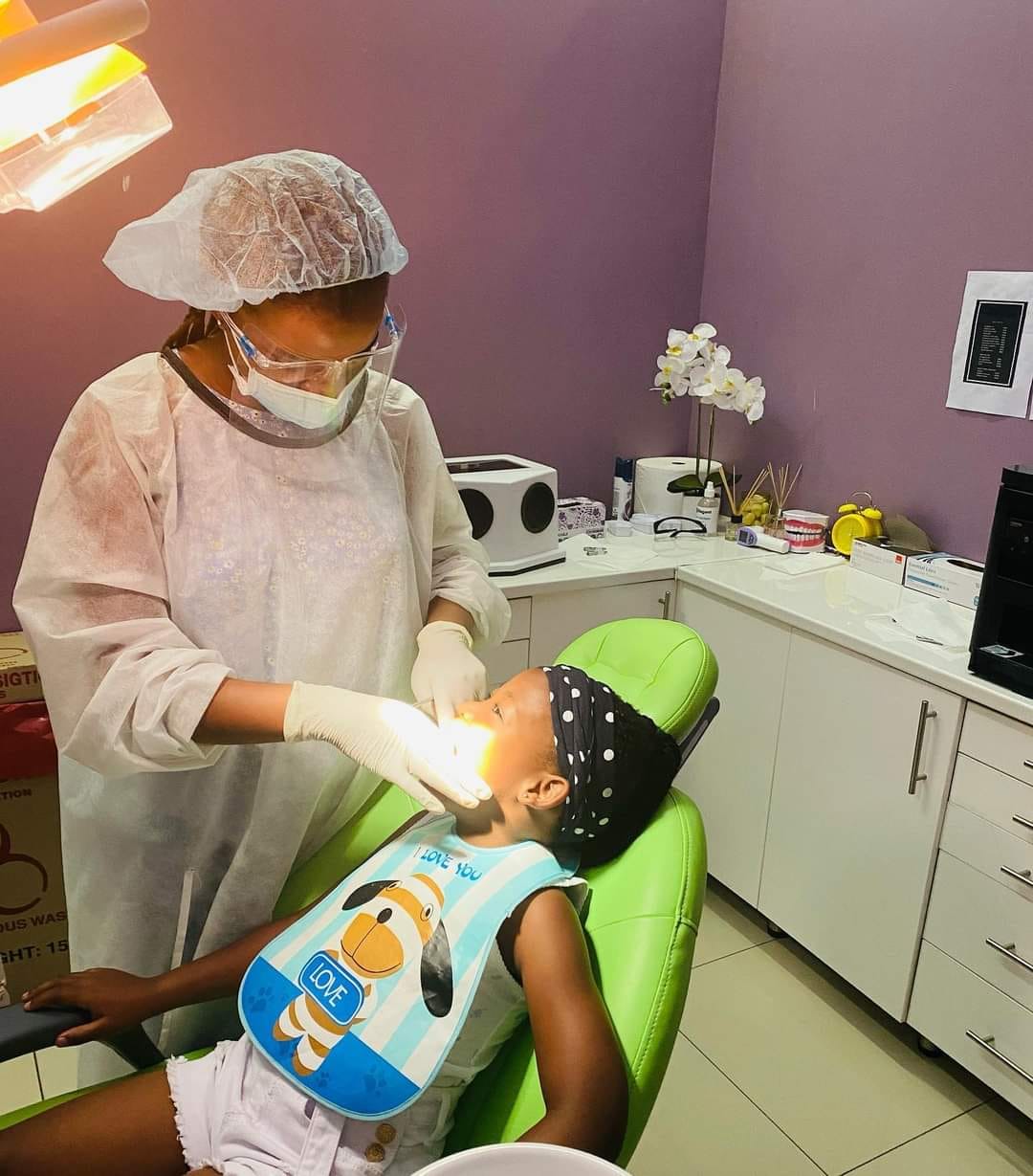8 Common Dental Emergencies and How to Handle Them
Emergencies can happen at any moment, often catching us off guard and leaving us in a state of panic. When it comes to dental emergencies, the situation is no different – sudden pain or damage to your teeth can leave you frantically searching for a solution. As much as we try to take good care of our teeth, accidents and unexpected issues can still occur. That’s why it’s important to know how to handle common dental emergencies when they arise. In this blog post, we’ll discuss eight of the most common dental emergencies and provide tips on how to deal with them until you can reach professional help. Whether you are experiencing severe tooth pain or have lost a filling, this guide aims to equip you with the knowledge needed so that if an emergency does occur, you’ll be prepared and know what steps to take. So sit back, relax, and read on for some valuable information that may just save your smile during times of crisis.
1. Introduction to dental emergencies and why they should not be ignored
Dental emergencies are situations that require immediate oral care to relieve pain, restore function, and prevent further complications. The sudden onset of severe pain, trauma, swelling, bleeding, infection, or loss of a tooth can be alarming, and delaying treatment can not only worsen the problem but also increase the risk of permanent damage to the teeth and gums. Dental emergencies are more common than people think, and according to the American Dental Association, over 2 million people per year visit emergency rooms for dental issues that could have been prevented or treated earlier by a dentist.
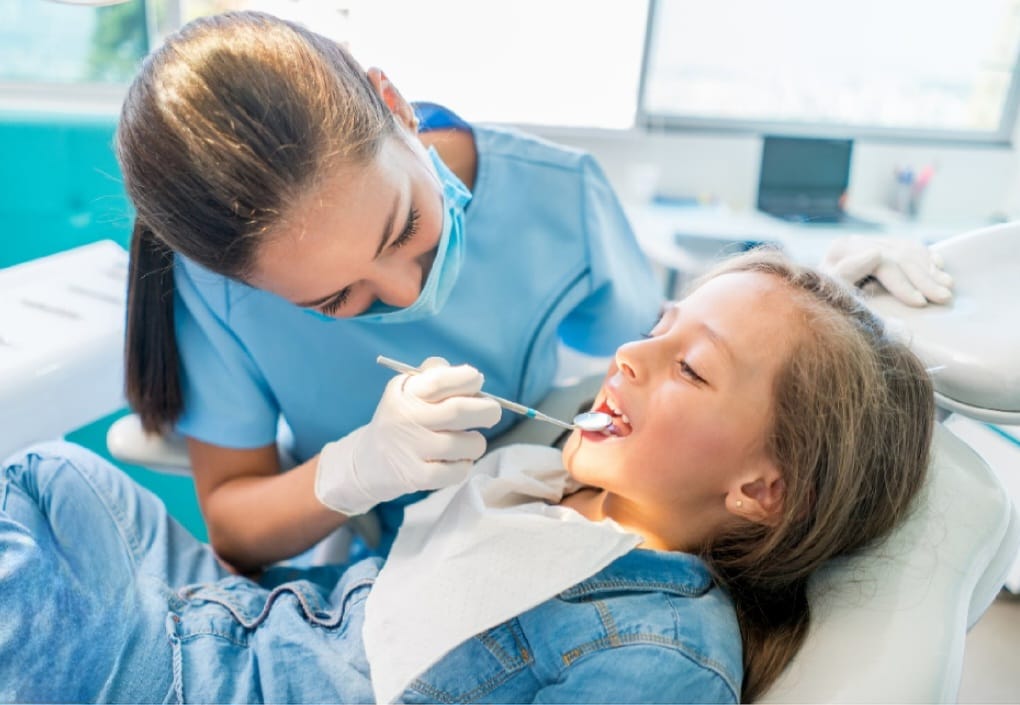
Dental Emergencies
Ignoring dental emergencies can lead to a host of problems that can impact not only your oral health but also your overall well-being. For instance, a cracked or broken tooth may expose the nerves and cause excruciating pain, making it difficult to eat and sleep, and increasing the risk of infection. Similarly, an abscessed tooth can cause fever, swelling, and difficulty breathing, and if left untreated, can spread to other parts of the body, including the heart and brain, leading to life-threatening complications.
In addition, delaying treatment can also result in more costly and extensive procedures, such as root canals, tooth extractions, and dental implants, which can take more time, money, and effort to restore your oral health. Moreover, untreated dental problems can have social and psychological consequences, such as embarrassment, social isolation, and anxiety, which can affect your quality of life and self-esteem.
Therefore, it is crucial to seek immediate dental care when you experience any dental emergencies, whether it’s a knocked-out tooth, a severe toothache, or a broken dental appliance. By addressing these issues promptly, you can not only relieve your pain and discomfort but also prevent more significant problems from occurring later. So, don’t ignore your dental health and prioritize your oral care as an essential part of your overall health and well-being.
2. Broken or Chipped Tooth – What to do in a dental emergency
One of the most common dental emergencies is a broken or chipped tooth. This can happen due to a variety of reasons such as biting down on something hard, trauma to the face, or even just age-related wear and tear. Not only can a broken or chipped tooth be a painful and uncomfortable experience, but it can also affect the appearance of your smile and your overall oral health.
If you find yourself with a broken or chipped tooth, it’s important to seek dental attention as soon as possible. If left untreated, a broken or chipped tooth can lead to further damage and decay. Some temporary solutions include rinsing your mouth with warm salt water, applying a cold compress to the affected area to reduce swelling, and taking over-the-counter painkillers if necessary.
Ultimately, the best course of action is to visit a dental professional who can properly assess the damage and determine the appropriate treatment. This may include a filling, crown, or even root canal treatment if the damage is severe. By taking swift action and prioritizing your dental health, you can prevent further damage and enjoy a healthy, beautiful smile for years to come.
3. Lost Filling or Crown – Immediate action and temporary solutions
Losing a filling or a crown can be a painful and alarming experience. It is one of the most common dental emergencies that people can face. A filling or a crown can come loose or fall out due to a variety of reasons such as tooth decay, regular wear and tear, or accidents. You may feel pain or sensitivity, especially when eating or drinking hot or cold substances.
It is essential to treat a lost filling or crown immediately to avoid further complications and to alleviate any discomfort. In the short term, you can try temporary solutions such as using dental cement available over the counter at your local pharmacy. It is important to place the filling or crown back in its place as soon as possible to minimize damage to the tooth and preserve the tooth structure. Rinsing your mouth with salt water can also help alleviate pain and prevent infection until you can see your dentist. Remember that temporary solutions will not fix the problem permanently, and you will need to visit your dentist for proper treatment. Don’t ignore this dental emergency as it can lead to more severe dental issues in the future.
4. Knocked-out Tooth – Steps to preserve the tooth until you reach a dentist
A knocked-out tooth can be a traumatic experience, but it’s important to act quickly to increase the chances of saving the tooth. The first step is to locate the tooth and avoid touching the root. Rinse the tooth gently in water, being careful not to scrub or remove any tissue fragments that may be attached. If possible, gently place the tooth back into the socket and bite down on a clean cloth to hold it in place. If the tooth cannot be reinserted, place it in a container of milk, saliva, or a tooth preservation solution (available at most drugstores) and seek dental attention immediately.
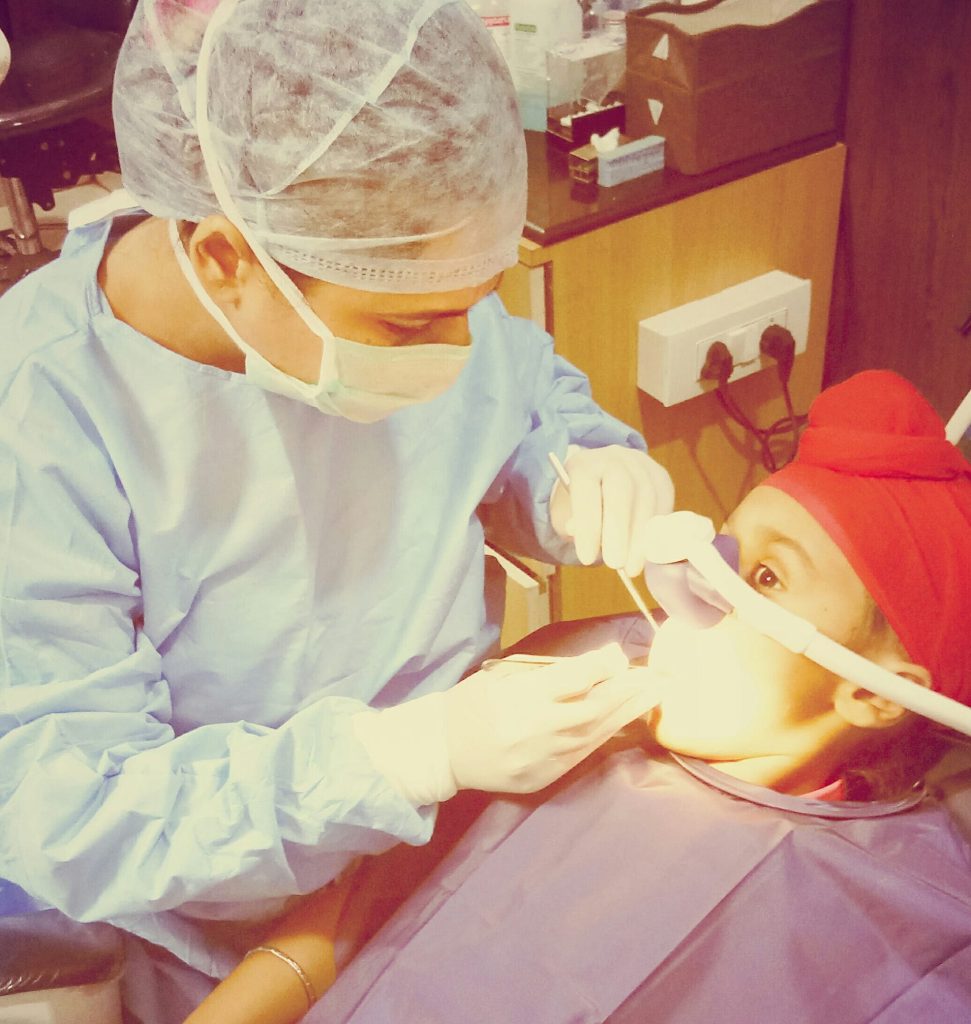
Dental Emergencies
It’s important to remember that time is of the essence when dealing with a knocked-out tooth. The longer the tooth is out of its socket, the less likely it is to reattach successfully. That’s why it’s crucial to act quickly and properly preserve the tooth until you can see a dentist. By following these steps and seeking prompt dental attention, you can increase the chances of saving your knocked-out tooth and avoiding future dental problems.
5. Severe Toothache – Causes, signs, and how to ease the pain temporarily
Severe toothache is one of the most excruciating and unbearable dental emergencies one can experience. The pain is often sharp and piercing, and it can be accompanied by swelling of the gums or jaw. The leading causes of severe toothache include tooth decay, a chipped or cracked tooth, gum disease, an abscessed tooth, or even just biting down on something hard. Toothache pain can be intense and can make it difficult to eat, sleep, or even concentrate.
It’s imperative to seek dental treatment as soon as possible to get relief from severe toothache. However, in the meantime, some temporary remedies can help ease the pain. Over-the-counter pain-relieving medications, such as ibuprofen or acetaminophen, can help to relieve mild to moderate toothache pain. Using a cold compress, such as a bag of frozen vegetables or an ice pack, can help to reduce any swelling and inflammation. Rinsing with warm salt water or clove oil diluted in water can also help to reduce pain and swelling. It’s essential to note that these remedies are temporary, and one should still seek the appropriate dental care as soon as possible to prevent further complications.
6. Abscessed Tooth – Recognizing symptoms and seeking immediate treatment
An abscessed tooth is an extremely painful dental emergency that can cause serious health problems if left untreated. It occurs when a bacterial infection forms inside the tooth, causing a buildup of pus and swelling in the surrounding gums. The most common symptoms of an abscessed tooth include throbbing pain, sensitivity to temperature, swelling, redness, and bad breath.
Recognizing the symptoms of an abscessed tooth is crucial to seek immediate treatment to prevent the infection from spreading to other parts of the body, potentially causing serious complications such as sepsis. Treatment options for an abscessed tooth include draining the pus, prescribing antibiotics, and dental procedures to remove the infected tissue. Patients may also be advised to rinse their mouths with salt water and avoid hot and cold foods and drinks during treatment. If you suspect that you have an abscessed tooth, contact your dentist immediately to prevent further pain and discomfort.
7. Broken Braces or Wires – Potential risks and temporary fixes before visiting the orthodontist
Broken braces or wires can be a common dental emergency that can cause a significant amount of discomfort and pain for the patient. The potential risks of broken braces or wires can go beyond just discomfort, as they can lead to further damage or infection if not handled properly. The severity of the situation depends on the extent of the damage caused by the broken braces or wires. In some cases, the broken braces can cut into the gums or cause bleeding.
Fortunately, there are a few temporary fixes that patients can try before visiting their orthodontist. If the broken wire is still attached to the braces, one can try to move it back into its original position or clip it back to the closest bracket using a pair of sterilized pliers or tweezers. Additionally, wax or dental cotton can be used to cover up and protect the exposed wire or bracket to prevent further damage. It is essential to keep the area clean and free from any food particles or debris to prevent further harm.
Overall, it is critical to seek the assistance of a qualified orthodontist as soon as possible when dealing with a case of broken braces or wires. A specialist can assess the damage and provide the necessary solutions to get the braces back on track, relieve the pain, and avoid further complications. Delaying treatment or attempting to fix the problem at home could lead to severe discomfort and possible infections. In any case, patients should take immediate action when they notice any broken hardware and seek professional help from a qualified dental professional.
8. Sedative for Dental Emergencies – Benefits and how it helps during an emergency
In the event of a dental emergency, pain and discomfort can escalate quickly. From toothaches to knocked-out teeth, these emergencies require swift and effective treatment to mitigate the pain and prevent further damage. One common solution for managing the anxiety and discomfort associated with dental emergencies is the use of sedatives.
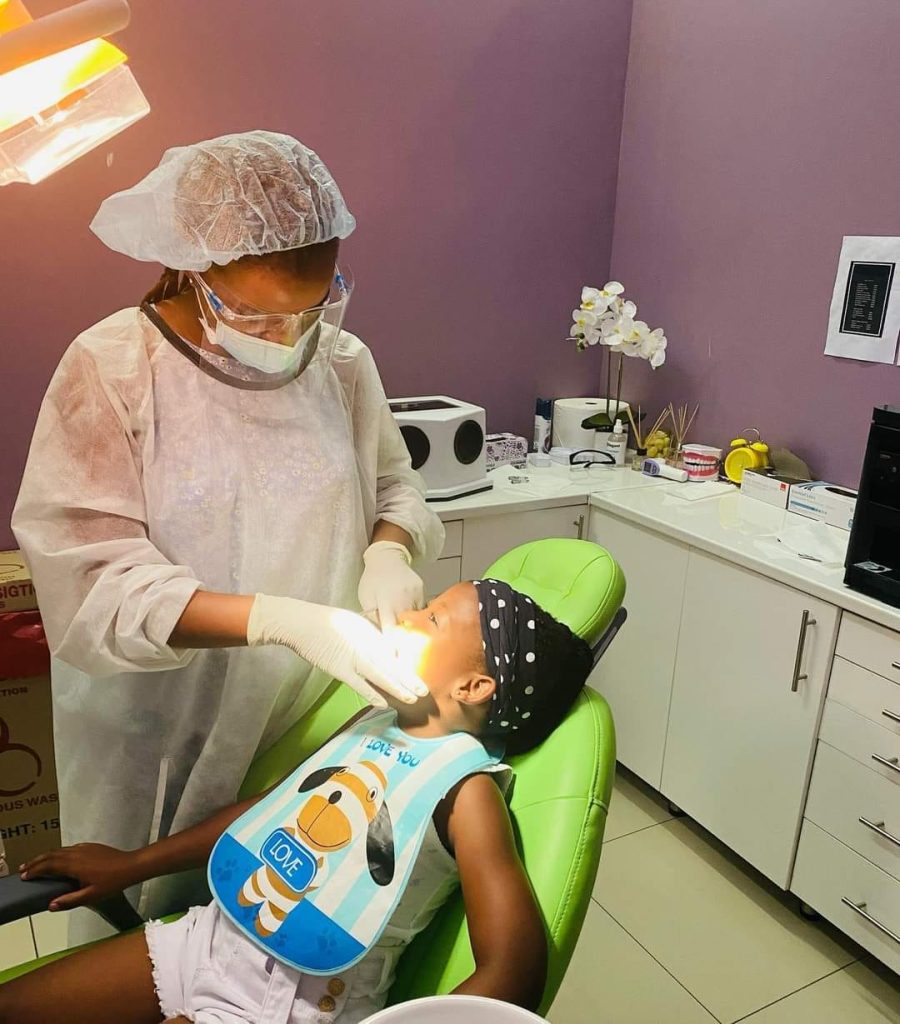
Dental Emergencies
Sedatives can be taken orally or intravenously, and serve to calm patients down and reduce anxiety during dental procedures. They can also help alleviate pain and discomfort, making the experience more tolerable for patients. Furthermore, sedatives can help to prevent complications from arising during dental procedures, such as involuntary movements or choking.
Besides their immediate benefits, sedatives can also have long-term benefits for individuals with dental phobias or anxiety. By helping to alleviate their fears during emergency procedures, patients may be more likely to seek dental care in the future, improving their overall oral health and well-being.
While sedatives can be an effective tool in managing dental emergencies, patients need to communicate with their dentist about any allergies or medical conditions that may impact their use. As with any medication, sedatives should be taken under the direction of a medical professional to ensure safe and effective treatment. Ultimately, by including sedatives as part of a comprehensive approach to dental emergencies, patients can receive the care they need with minimal discomfort or anxiety.
In conclusion, dental emergencies can be unexpected and overwhelming experiences. However, by recognizing the symptoms of common emergencies such as abscessed teeth and broken braces or wires, seeking immediate treatment from a qualified dental professional, and utilizing solutions like sedatives to manage pain and anxiety, individuals can navigate these situations with greater ease.
Furthermore, it is crucial to maintain good oral hygiene practices, such as brushing and flossing regularly, to prevent dental emergencies from occurring in the first place. Remember to schedule regular checkups with your dentist to catch any potential issues early on and keep your oral health in check.
By being prepared and informed about dental emergencies, individuals can minimize their impact and receive the necessary treatment for a healthy and pain-free smile. Don’t hesitate to contact your dentist if you experience any dental emergency symptoms and remember, prevention is always better than treatment. So take care of your teeth and gums to avoid any potential emergencies in the future! Keep smiling! 🙂
Evergreen Pediatric Dentistry
https://www.google.com/maps?cid=14720788683151219551
12910 Totem Lake Blvd NE #103, Kirkland, WA 98034, United States
(425) 814-3196
https://evergreenkidsdentist.com/

